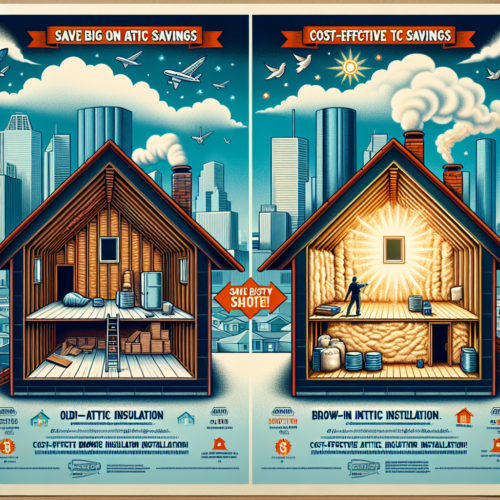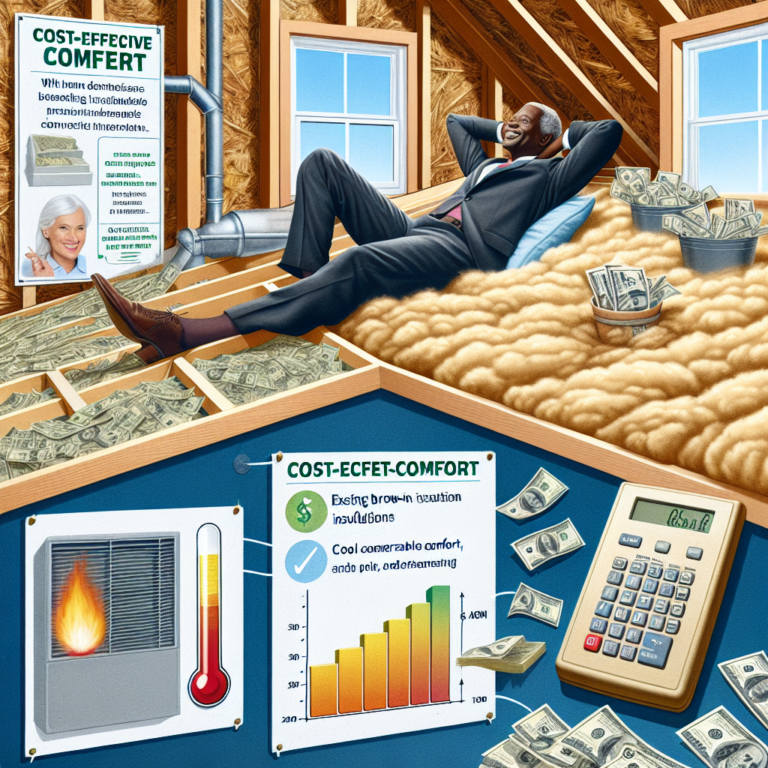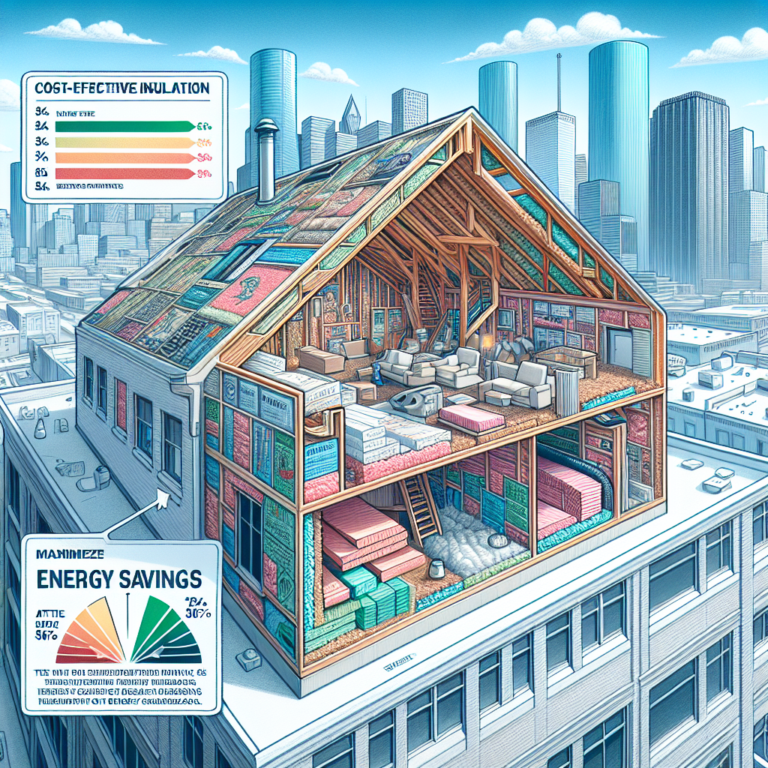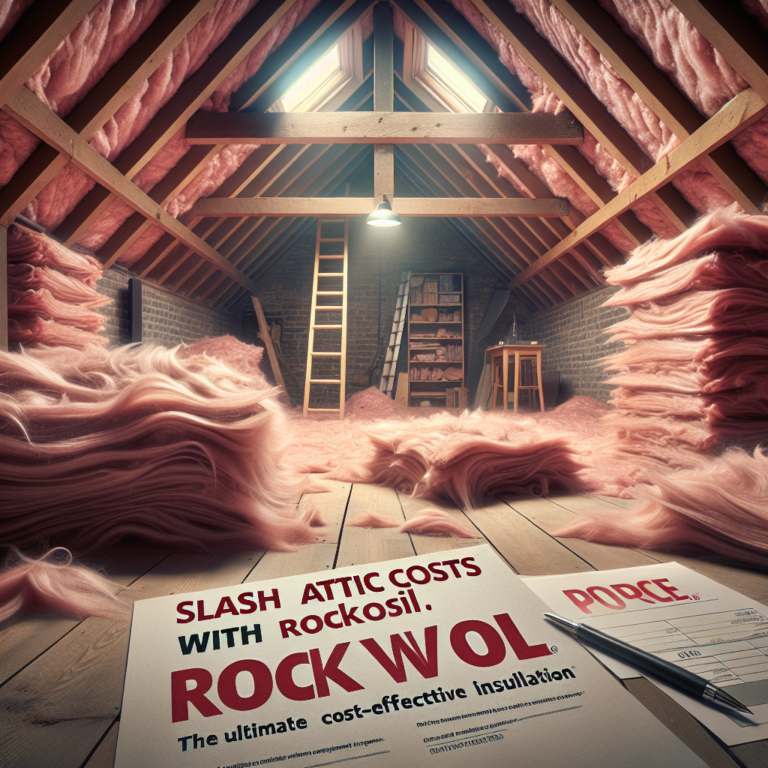Slash Attic Costs with Cellulose: The Ultimate Cost-Effective Insulation for Maximum Savings!
Introduction
Cellulose attic insulation has emerged as one of the most cost-effective and eco-friendly solutions for homeowners seeking to lower energy bills and enhance indoor comfort. Made from recycled paper products treated with fire-retardant and insect-resistant additives, blown-in cellulose creates a dense barrier against heat transfer and air leakage. In this article, we’ll explore why cellulose attic insulation ranks high in R-value performance, sustainability, and long-term savings, and how it can transform your attic into a thermal fortress.
H2: Why Choose Cellulose Attic Insulation for Cost-Effective Savings
Cellulose attic insulation stands out for its remarkable affordability and efficiency. With an R-value of approximately 3.5 to 3.8 per inch, it outperforms many traditional materials while requiring less thickness to deliver equivalent thermal resistance. That translates into lower material costs and reduced labor since less product is needed to achieve recommended insulation levels.
• Lower upfront cost: Recycled paper fiber is inexpensive compared to fiberglass and spray foam.
• Reduced energy bills: High R-value and airtight installation minimize heating and cooling losses, cutting utility expenses by up to 20–30%.
• Quick installation: Blown-in application uses specialized machines to propel loose-fill fibers into every nook and cranny, saving time and labor costs.
H2: How Cellulose Attic Insulation Maximizes Energy Efficiency
Beyond R-value, sustained energy savings hinge on sealing air leaks and blocking convective heat flow. Cellulose insulation excels at filling gaps, voids, and irregular spaces in rafters, joists, and around plumbing or wiring penetrations. This seamless coverage reduces drafts and prevents outside air from infiltrating living spaces.
• Superior air sealing: Dense, overlapping fibers lock together to create an airtight envelope.
• Moisture management: Borate treatments resist mold and mildew without absorbing moisture, preserving insulation performance.
• Year-round comfort: In winter, cellulose traps rising heat; in summer, it keeps hot attic air from migrating downward, easing the load on HVAC systems.
H2: Cellulose Attic Insulation vs. Other Insulation Materials
Comparing cellulose attic insulation to fiberglass, mineral wool, and spray foam highlights its distinct advantages:
• Fiberglass batts often leave gaps and settle over time, reducing R-value. Cellulose settles minimally and maintains consistent density.
• Mineral wool offers fire resistance but costs more and can irritate skin and lungs during installation. Cellulose is treated for fire safety and poses fewer handling risks.
• Spray foam delivers high R-value but at a premium price and with potential off-gassing concerns. Cellulose provides balanced performance, affordability, and minimal environmental impact.
H2: Q&A: Common Questions about Cellulose Attic Insulation
1. Is cellulose attic insulation safe?
Yes. Cellulose is treated with non-toxic borates that deter pests, resist mold, and act as fire retardants.
2. How thick should the insulation be?
Most climates require 12–14 inches of cellulose to achieve an R-value of R-38. A professional installer can assess your home and recommend the optimal depth.
3. Can I install it myself?
DIY kits exist, but hiring a certified installer ensures proper equipment use, even coverage, and adherence to building codes.
4. How long does cellulose last?
Properly installed cellulose can last 20–30 years or more, with minimal settling and consistent performance over time.
Conclusion
Investing in cellulose attic insulation is a smart, budget-friendly way to slash attic costs, boost energy efficiency, and enhance home comfort. Its high R-value, unparalleled air-sealing capabilities, and eco-friendly composition make it a top choice for homeowners seeking long-term savings and a reduced carbon footprint. Upgrade your attic with cellulose attic insulation today and start experiencing lower energy bills, year-round comfort, and a healthier home environment.












